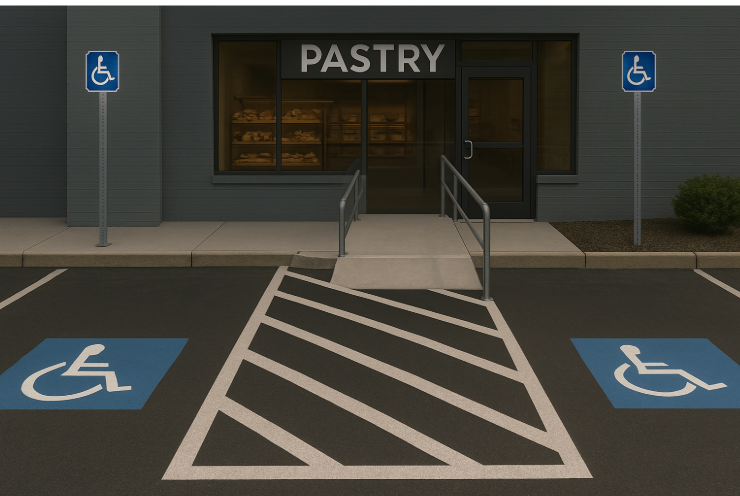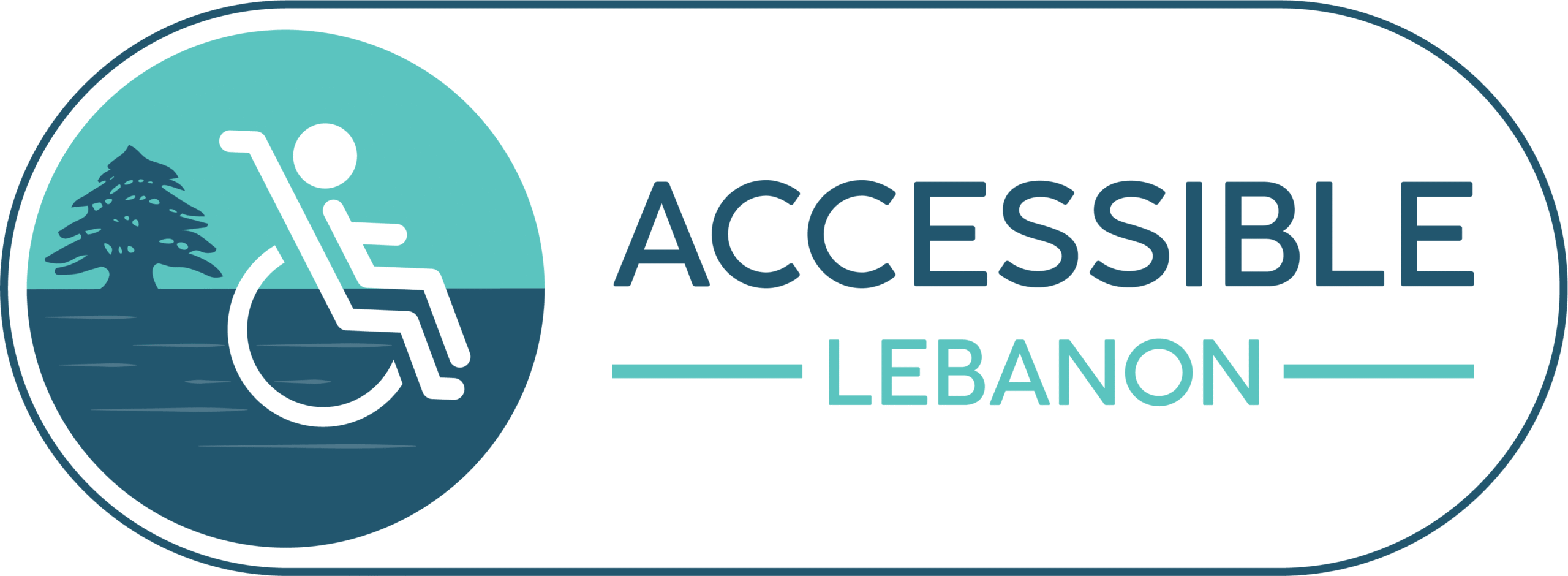
Beyond Ramps: What True Accessibility Looks Like in Everyday Life
When people hear the word “accessibility,” their minds often jump to ramps, elevators, or wide doors. But true accessibility goes far beyond physical infrastructure. It’s about designing experiences, environments, and attitudes that allow everyone—regardless of ability—to participate fully and enjoy the experience. As someone currently diving deep into accessibility through dedicated training and hands-on learning, I’ve come to realize that accessibility isn’t just about adding ramps or elevators. It’s much broader—and much more powerful. If you’re a business owner, I’d love to share some insights that can help you create a truly inclusive space, not just for compliance, but for community impact and customer loyalty.
1. Accessibility Starts with Your Mindset
Real accessibility begins before the first brick is laid. It’s about anticipating needs—not waiting for someone to ask. It’s about assuming that people with disabilities are part of your clientele, your community, and your team. When you start thinking that way, your decisions naturally become more inclusive. When you assume people with disabilities are part of your clientele, your planning shifts. You begin to ask better questions: “Would someone with visual impairment feel welcome here? Can someone using a wheelchair comfortably reach my checkout counter?” It’s about proactivity rather than reacting when an issue arises.
Story moment: A café owner in Beirut decided to install a small ramp without being asked. A few weeks later, a customer using a wheelchair rolled in and smiled: “Thank you for installing this small ramp—it may seem small, but it bridged a big gap.”
2. Communication is a Key Component
Accessibility isn’t just physical. It’s also how information is shared. Are your menus available in large font or digital formats? Are your videos captioned? Do your staff know basic sign language greetings or how to interact respectfully with people who communicate differently?
These are simple ways to make your business more inclusive without major renovations. And I can help you audit these areas and suggest easy, no-cost improvements as part of my learning journey. Small changes in how we communicate create massive waves of inclusion.
3. Rethinking Customer Experience Through an Inclusive Lens
An accessible society includes accessible experiences. Let’s say you’re planning an event, launching a campaign, or redesigning your shop—have you thought about:
- Providing accessible restrooms?
- Having clear, obstacle-free paths inside your store?
- Offering reserved seating for those with mobility limitations?
These thoughtful touches aren’t extras – they’re essentials. They aren’t only appreciated – they often turn first-time visitors into loyal customers.
4. Let Technology Work for You
Accessibility tools don’t need to be high-tech to be effective. But today’s digital tools make inclusion easier than ever. From Smartphones, voice assistants, captioning tools, and assistive devices, voice-controlled websites to digital forms that support assistive tech, your digital presence can drastically improve independence and be just as welcoming as your physical one.
—but only when designers and developers think inclusively. Is your website screen-reader friendly? Can someone navigate your app using only their voice?
Tip: Use accessibility checkers or invite feedback from real users with disabilities when building anything digital.
5. Language and Representation Matter
The way your business communicates—visually and verbally—speaks volumes about who belongs. Inclusive language in your signage, marketing, and everyday interactions shows respect and thoughtfulness. Likewise, the imagery you use should reflect the diversity of the real world, including people with visible and invisible disabilities. Are your signs, posters, or website photos inclusive of people with diverse abilities? Are you portraying people with disabilities as active contributors—not just inspirational figures or afterthoughts?
When you prioritize inclusive language and representation, you’re not just following a trend—you’re sending a powerful message: “You belong here.”
It’s Everyone’s Responsibility
Creating a truly accessible world isn’t just the job of architects or governments, it’s a culture that your entire team can embody. Training your staff on basic etiquette, awareness, and how to confidently assist someone with a disability can completely transform customer interactions. When we look beyond ramps and start building with empathy, we move closer to a world where everyone belongs. It’s a commitment and a collective effort—something we all have a role in, whether we’re holding open a door, designing a product, or simply standing up when someone is excluded. Because accessibility is about community, our community, where everyone feels welcome, respected, and empowered
